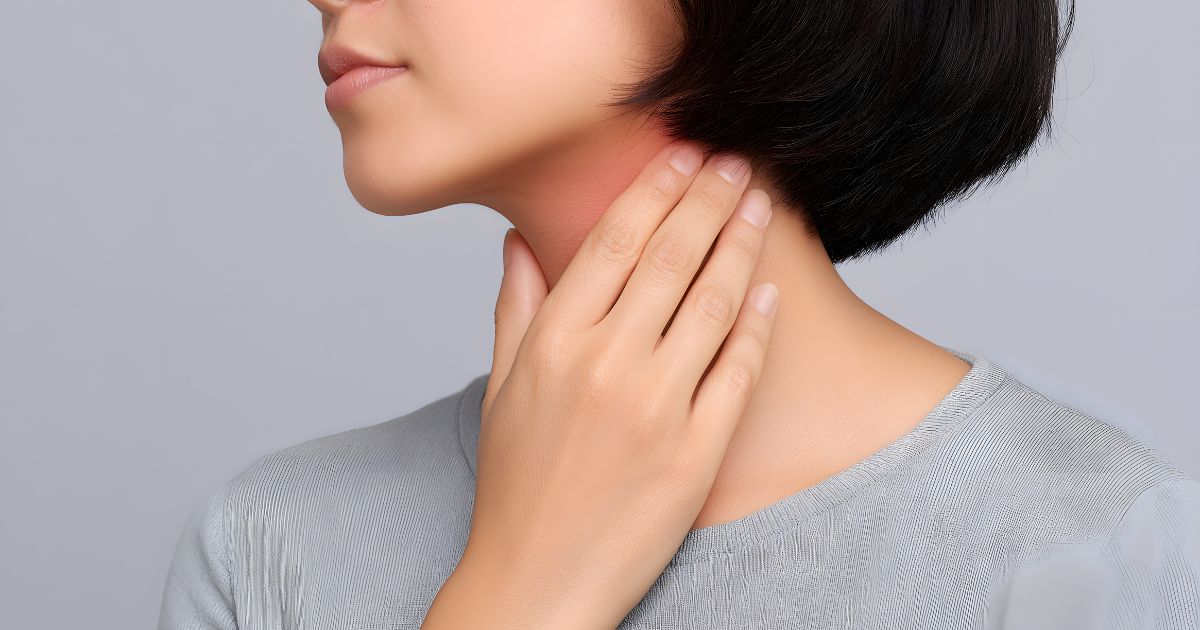True Cellular Formulas Team - February 1, 2024
The Hidden Dangers in Your Chapstick
Uncover the 5 Toxins to Avoid

In our daily routines, we often use chapsticks and lip balms to keep our lips hydrated and protected. However, these everyday items can harbor hidden dangers in the form of harmful toxins. This blog post aims to uncover these risks and provide insights into healthier, holistic alternatives. Our goal is to inform and empower you with knowledge that aligns with a natural approach to health, helping you make safer choices in your lip care products.
The Dark Side of Fragrances and Flavorings
Fragrances and flavorings are common in many lip care products, added to enhance their sensory appeal. But what seems like a harmless addition for scent and taste can have deeper health implications. These synthetic additives, while pleasing to the senses, can be a source of concern. Research has pointed out their potential impact on our health, especially regarding hormonal imbalances and an increased risk of certain cancers.[1-2] The chemicals used to create these fragrances and flavors can act as endocrine disruptors, disturbing the body's natural hormonal functions.[1-2]
Fortunately, there are safer alternatives. Opting for lip care products that use only natural scents due to essential oils can significantly reduce the risk of exposure to these harmful chemicals. Natural options not only minimize the danger but can also offer additional benefits. For example, certain natural oils and extracts come with their own soothing and healing properties, enhancing the overall health and wellness of your lips.[3] Choosing these safer options means you’re not only protecting your lips but also embracing a more holistic approach to personal care.
Butylated Compounds: Hidden Toxins in Plain Sight
Butylated compounds such as BPA (Bisphenol A) and BHT (Butylated Hydroxytoluene) are less-known ingredients that can be found in various lip care products. These chemicals are used to extend shelf life and stabilize cosmetics, but their safety is increasingly being questioned. BPA and BHT are linked to several health issues, including liver problems and hormonal imbalances.[4] These compounds can mimic or interfere with the body’s natural hormones, leading to potential disruptions in the endocrine system. The regular application of products containing these toxins can lead to cumulative exposure over time, raising significant health concerns.
When shopping for lip balms, it's crucial to read labels and avoid products that list these butylated compounds. Look for lip care items that are labeled as BPA and BHT-free. More brands are now recognizing the importance of omitting these harmful ingredients and are formulating products that are safer and more natural.
The Triple Threat: Phenol, Menthol, and Alcohol
Phenol, menthol, and alcohol are often included in lip care products for their antiseptic and cooling properties. However, these ingredients can be a double-edged sword. While they might provide a temporary soothing effect, they can actually lead to increased dryness and irritation in the long term.[5] Additionally, these ingredients can enhance the skin’s absorption of other chemicals, potentially increasing the risk of toxin intake.
Alcohol, in particular, is known for its drying effects on the skin.[5] Regular use of lip products containing alcohol can strip away natural oils, leading to chapped and cracked lips. Instead, seek out lip balms that use natural moisturizing and healing agents like beeswax, cocoa butter, or coconut oil. These natural ingredients provide effective hydration without the adverse effects of phenol, menthol, or alcohol. By choosing products with these safer components, you’re not only protecting your lips but also embracing a more holistic and health-conscious approach to your lip care routine.
Sunscreen Chemicals in Lip Care: A Double-Edged Sword
Incorporating sun protection into lip care products is a practice born out of necessity, as the lips are highly susceptible to UV damage. However, not all sunscreens are created equal, especially when it comes to lip balm formulations. Common sunscreen chemicals like titanium dioxide and oxybenzone, used in many lip products for their UV-blocking properties, have raised health concerns. These chemicals can potentially disrupt the endocrine system, affecting hormonal balance and overall health.[6] The concern is heightened due to the proximity of these products to the mouth, increasing the risk of ingestion.
To safeguard your health while still protecting your lips from the sun, look for lip balms with natural mineral-based sunscreens, such as zinc oxide. Unlike their chemical counterparts, mineral sunscreens provide effective protection without the risk of systemic absorption or endocrine disruption. They sit on the skin's surface, reflecting UV rays, and are less likely to cause irritation or adverse health effects.
Petrolatum: The Main Event of Concern
Petrolatum, a common ingredient in many lip care products, is derived from crude oil and is used for its moisturizing properties. However, this ingredient is often contaminated with Polycyclic Aromatic Hydrocarbons (PAHs), which are chemicals associated with various health concerns, including cancer.[7] The use of petrolatum on lips is particularly worrying due to the risk of ingestion and its potential to lock in other harmful chemicals present in the product.
Seeking alternatives to petrolatum-based lip products is crucial for those looking to adopt a more holistic and health-conscious approach. Natural ingredients like shea butter, jojoba oil, and almond oil are excellent moisturizers and are free from the risks associated with petrolatum. By choosing lip balms with these natural ingredients, you not only avoid harmful chemicals but also benefit from the nourishing properties they offer.
Summary
The seemingly simple choice of a lip balm can have significant implications for our health and well-being. By being aware of the harmful toxins that lurk in many lip care products and choosing healthier alternatives, we can protect not just our lips but our overall health. This journey towards safer personal care is not just a personal choice but a collective step towards a more health-conscious and environmentally responsible world.
- Kazemi, Zahra et al. “Evaluation of pollutants in perfumes, colognes and health effects on the consumer: a systematic review.” Journal of environmental health science & engineering vol. 20,1 589-598. 3 Feb. 2022, doi:10.1007/s40201-021-00783-x
- Rádis-Baptista, Gandhi. “Do Synthetic Fragrances in Personal Care and Household Products Impact Indoor Air Quality and Pose Health Risks?.” Journal of xenobiotics vol. 13,1 121-131. 1 Mar. 2023, doi:10.3390/jox13010010
- Koulivand, Peir Hossein et al. “Lavender and the nervous system.” Evidence-based complementary and alternative medicine: eCAM vol. 2013 (2013): 681304. doi:10.1155/2013/681304
- Hafezi, Shirin A, and Wael M Abdel-Rahman. “The Endocrine Disruptor Bisphenol A (BPA) Exerts a Wide Range of Effects in Carcinogenesis and Response to Therapy.” Current molecular pharmacology vol. 12,3 (2019): 230-238. doi:10.2174/1874467212666190306164507
- Lachenmeier, Dirk W. “Safety evaluation of topical applications of ethanol on the skin and inside the oral cavity.” Journal of occupational medicine and toxicology (London, England) vol. 3 26. 13 Nov. 2008, doi:10.1186/1745-6673-3-26
- Suh, Susie et al. “The banned sunscreen ingredients and their impact on human health: a systematic review.” International journal of dermatology vol. 59,9 (2020): 1033-1042. doi:10.1111/ijd.14824
- “The Dirty Dozen: Petrolatum.” David Suzuki Foundation, 20 Apr. 2022, davidsuzuki.org/living-green/dirty-dozen-petrolatum/. Accessed 31 Jan. 2024.



